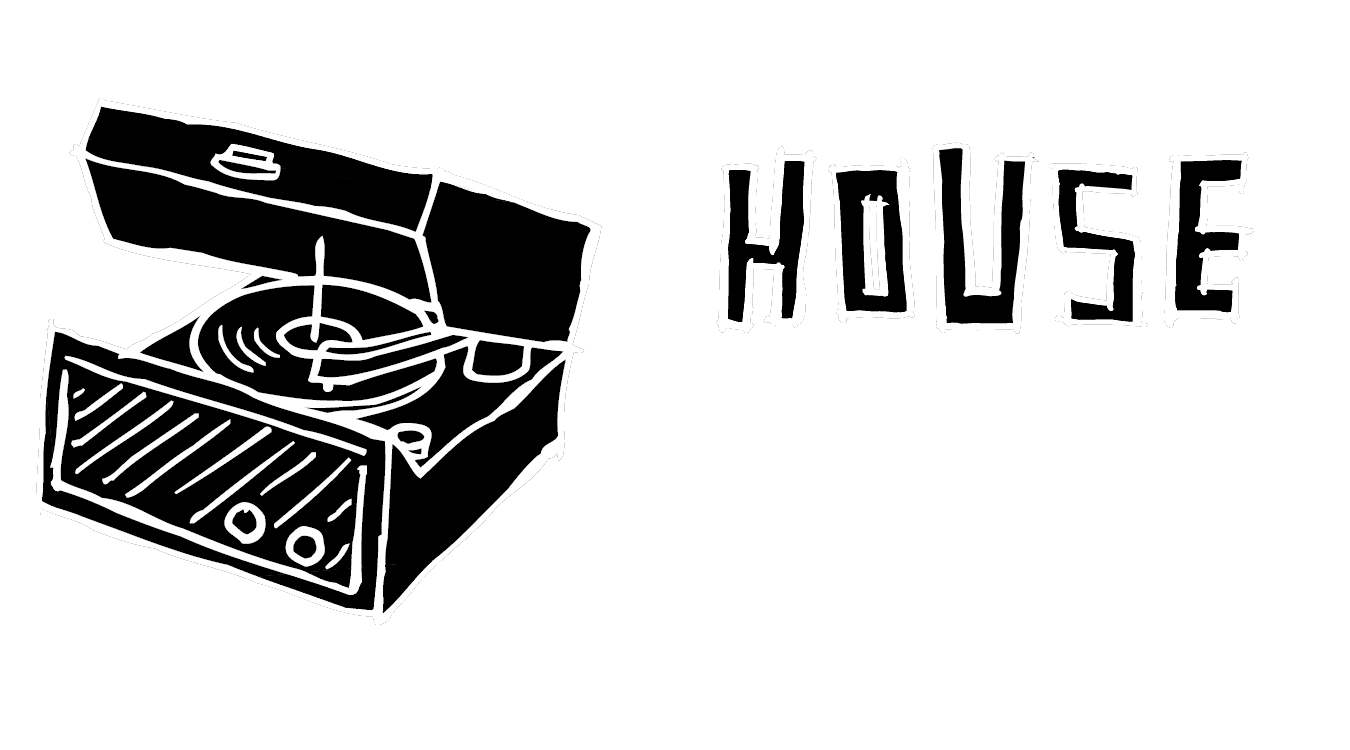What is the science behind stage acoustics? Sound acoustics at live events have been an essential factor in the quality of the experience since the days of the Greek theatres. In modern times, arenas and stadiums are designed with sound quality. The science of sound acoustics has evolved to help designers create venues that provide the best possible sound experience for audiences.
Creating Good Acoustics
The first step in designing a venue with good acoustics is understanding how sound waves travel. Sound waves are created when something vibrates, such as a person speaking or a drum being struck. These vibrations create pressure waves that travel through the air until they reach our ears.
The pressure waves that make up sound are affected by three main factors: frequency, wavelength, and speed. Frequency is how often the waves vibrate per second and is measured in hertz (Hz). The higher the frequency, the higher the pitch of the sound. Wavelength is the distance between two adjacent peaks of a wave and is measured in meters (m).
The longer the wavelength, the lower the pitch of the sound. Speed is how fast the waves travel through the air and is measured in meters per second (m/s). Higher-pitched sounds generally have shorter wavelengths and travel faster than lower-pitched sounds.
How to Improve Sound Acoustics
There are multiple ways to improve the sound acoustics in a venue. The most common method is to use sound-absorbing materials. These materials absorb some of the sound energy, reducing the room’s overall noise level. Common sound-absorbing materials include acoustic tiles, carpet, and upholstered furniture.
Another way to improve sound acoustics is to reflect sound waves. This can be done using hard, smooth surfaces such as walls and ceilings. Reflexive surfaces reflect sound waves into the room, which can help to improve the overall sound quality. When designing a venue with good acoustics, it is crucial to consider absorption and reflection. The best acoustic design will combine both methods to create the best possible sound experience for audiences.
How Can You Deal With Sound Acoustic Interference?
There are a few ways to deal with sound acoustic interference. The first is to try and reduce the amount of noise that is entering the room. This can be done by sealing windows and doors or using sound-absorbing materials on walls and ceilings.
Another way to deal with sound interference is using electronic devices that can eliminate unwanted noise. These devices create sound waves that cancel out the waves of the unwanted noise. This can be an effective way to improve the sound quality in a room, but it is vital to ensure that the electronic device is not creating too much noise.
Conclusion
Usually, the best way to design a room with good acoustics is to use a combination of sound-absorbing and reflexive materials. This will help to create a balance between the two that will allow for the best possible sound experience. It is also essential to ensure that there is not too much noise interference from outside sources. Contact the House of Music Productions to improve your home or business acoustics.





